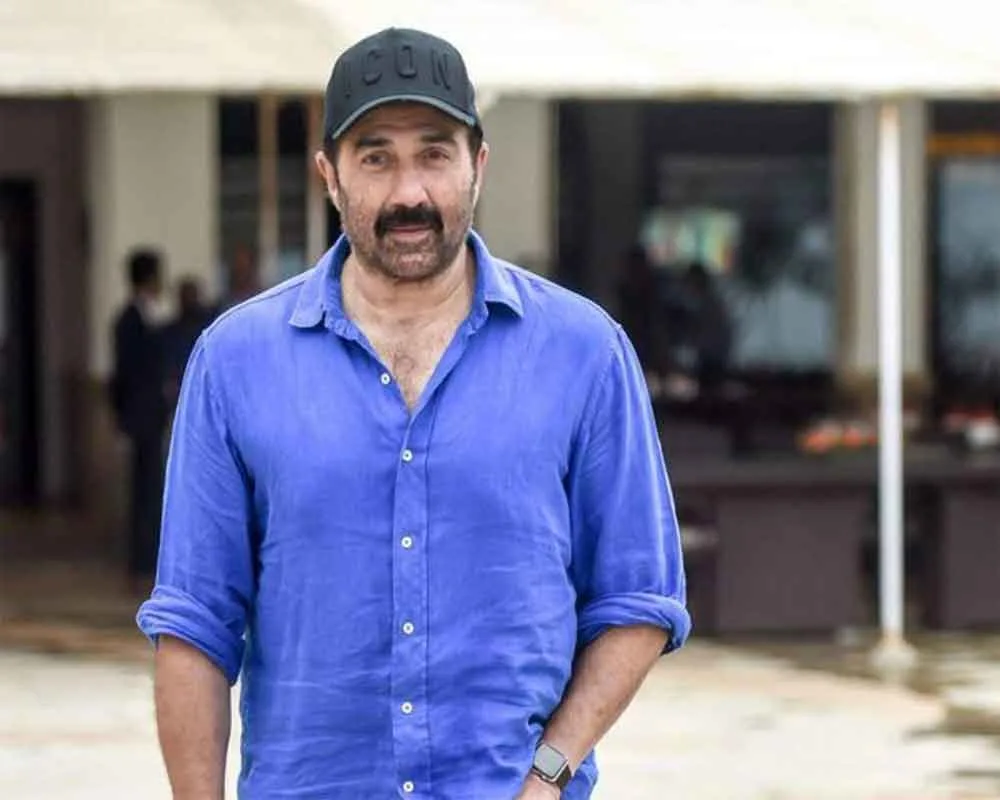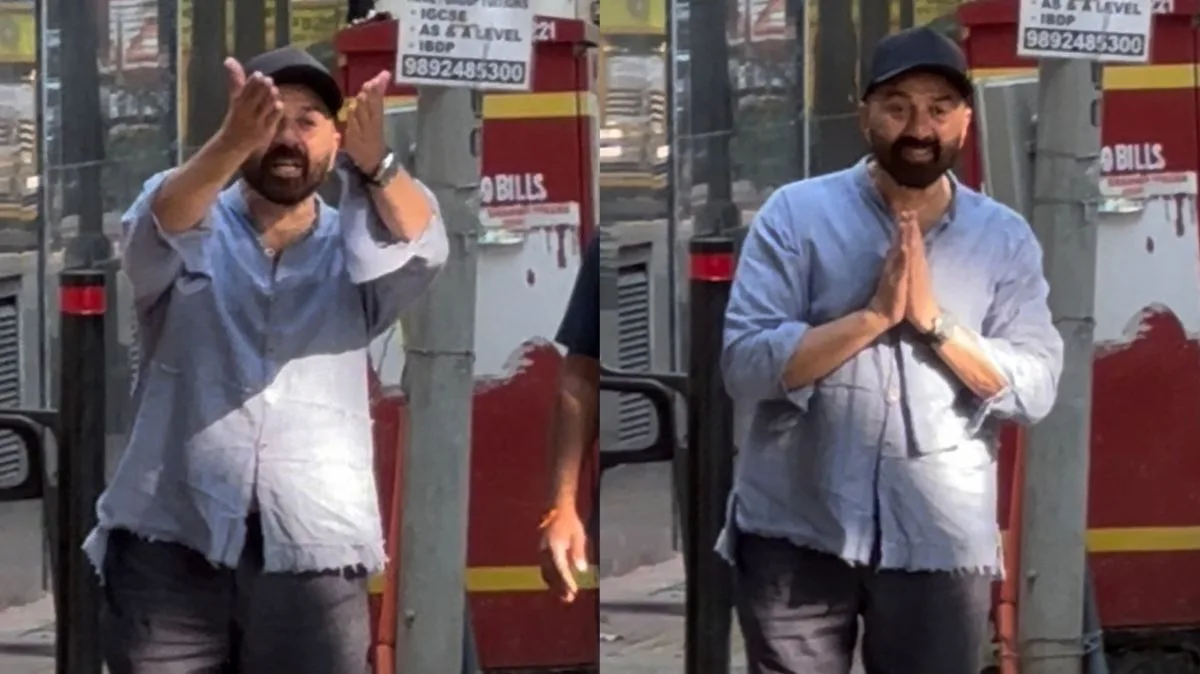Roughly 24 hours after veteran actor Dharmendra was discharged from Mumbai’s Breach Candy Hospital following a brief stay for age-related health issues, his son Sunny Deol erupted at the media circus gathered outside the family’s Juhu residence. The moment, captured on video and shared across social platforms, was raw and unfiltered: “Aap ke ghar mein maa-baap hai… sharam nahi aati?” he yelled at the paparazzi, his voice sharp with anger. The scene instantly sparked debate about privacy, the media’s role and the human cost of celebrity coverage.
The incident was born of a storm of events. Dharmendra’s hospitalisation sparked a wave of speculation, amplified by multiple false death rumours. His wife, Hema Malini, publicly condemned the irresponsible coverage, calling the spread of fake news “unforgivable” and demanding respect for the family’s privacy. Then came the discharge, and with it the glare of camera lenses blocking the driveway, flashes in the early morning and crowding in the street—a spectacle far removed from hospital wings and genuine concern.

Sunny Deol’s frustration was not just a momentary flare-up but a crescendo of pent-up indignation. To him and his family, the intrusion was relentless, the timing cruel. Seeing the media camp outside their home broke a boundary that many believe should be sacrosanct when a parent is recovering from treatment. His assertion that the paparazzi lacked basic shame was a mirror held up to the industry: when fame invites cameras everywhere, including recovery bedsides, what happens to dignity?
View this post on Instagram
This moment reveals a larger conversation about the relationship between public figures and media in India’s entertainment ecosystem. Paparazzi culture has magnified with 24-hour news cycles and social-media urgency. Personal health crises, hospital stays and even homes become the backdrop for “breaking news,” live posts and creeping entitlement. Yet when families like the Deols push back, it exposes tension: fame does not erase the need for care, discretion or respect.
From Dharmendra’s health scare, the pattern is clear. First, a high-profile star falls ill. Second, the media machine converges. Third, fake claims—like those of his purported death—circulate unverified. Fourth, photos, flashes and waiting crowds compound the distress. And finally, someone voices the cost. This time it was Sunny setting the boundaries publicly.

The impact ripples beyond one family. For the media, every digital eyeball-chasing headline risks undermining its own credibility. For audiences, seeing a real human in pain, surrounded by lenses rather than sympathetic silence, undermines empathy. The Deols’ call for privacy is not about hiding a story—it is about preserving a human moment from turning into a spectacle.
For celebrities, the lesson is painful but vital. Your name might sell covers, but your body, your home, and your recovery should never become a public location. When cameras line your driveway, it is not just an intrusion—it’s a visual demand to perform even in pain. And when that demand becomes too heavy, you hear the roar from inside: “Shame on you?”

In the end, the episode with Sunny Deol is not just about one angry moment. It is about what happens when the tools of fame become weapons of exhaustion. The lesson is as urgent for newsrooms as it is for fame-hungry consumers: humans exist beyond headlines. And until that is respected, moments of quiet recovery will continue to be eclipsed by flashing frenzy.
Let the clip of Sunny’s rebuke be preserved not only as viral content but as a wake-up call: when families say enough, the buzz around fame has grown too loud. Because sometimes the loudest room in the world is the one outside a house where a parent lies fragile, and none of the cameras should have been there in the first place.


